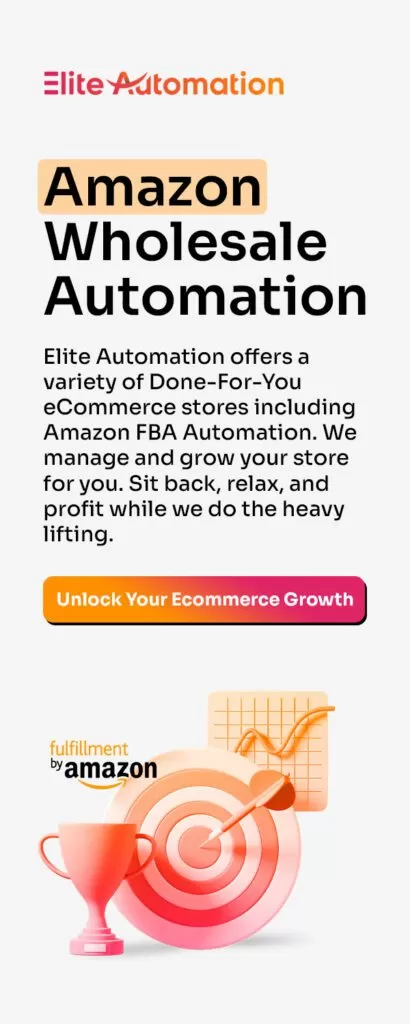Navigating the world of e-commerce can be daunting, especially when it comes to understanding the various fees associated with selling on platforms like Amazon Australia. In 2024, as the e-commerce landscape continues to evolve, getting a clear grasp of Amazon Australia’s seller fee structure is crucial for both aspiring and established sellers. This guide breaks down the seller fees on Amazon Australia, providing a clear and detailed explanation to help sellers make informed decisions and optimize their selling strategies.
Understanding Amazon Australia’s Fee Structure
Amazon Australia’s fee structure is designed to align with the services it provides to sellers. The fees are typically categorized into two main types: subscription fees and selling fees. Understanding these fees is key to effectively managing your costs and maximizing your profits.
1. Subscription Fees
Subscription fees depend on the type of seller plan you choose. Amazon Australia offers two plans:
Individual Plan: Ideal for sellers who plan to sell fewer items. There’s no monthly subscription fee, but you pay a per-item fee on each item sold.
Professional Plan: Suited for sellers with higher volumes. It involves a monthly subscription fee.
2. Selling Fees
These are fees charged on each item sold and can be further broken down into several components:
Referral Fees: A percentage of the total sales price that varies by category. This fee is for listing your product on the platform.
Closing Fees: Applicable to media items, this is a fixed fee charged in addition to the referral fee.
High-Volume Listing Fee: Applied to sellers with a large number of active listings.
Additional Fees for Amazon Australia Sellers
Apart from subscription and selling fees, there are additional costs that sellers may encounter:
Fulfillment Fees: For those using Fulfillment by Amazon (FBA), Amazon charges fees for storage and order fulfillment.
Shipping Fees: If you handle shipping yourself, you’ll need to consider the costs associated with packaging and shipping your products.
Fee Calculation Examples
To better understand how these fees work in practice, let’s look at a couple of examples:
Example 1: Individual Plan Seller
If you sell a book for $20 under the Individual Plan, you’ll pay a per-item fee plus a percentage of the sales price as a referral fee.
Example 2: Professional Plan Seller Using FBA
For a $50 kitchen appliance, you’ll pay a monthly subscription fee, a referral fee based on the product category, and FBA fees for storage and fulfillment.
Strategies to Minimize Amazon Australia Fees
Choose the Right Plan: Select a plan based on your sales volume. Switching plans can be cost-effective as your business scales.
Optimize Shipping and Fulfillment: If using FBA, regularly review your inventory to avoid long-term storage fees. Consider handling fulfillment yourself if feasible.
Manage Product Pricing: Factor in all Amazon fees when pricing your products to ensure profitability.
Understanding Fee Changes and Updates
Amazon periodically updates its fee structure. Stay informed about these changes by regularly checking official Amazon seller communications and updating your pricing and business strategy accordingly.
FAQs
Q: How do referral fees differ across product categories?
A: Referral fees vary, typically ranging from 6% to 45%, depending on the product category. It’s essential to check the specific fee for your product’s category. Most of the time fees are around 15%.
Q: Are there any hidden fees I should be aware of?
A: While there are no hidden fees, be mindful of additional costs like long-term storage fees for FBA or costs associated with returns.
Q: Can I switch between Individual and Professional plans?
A: Yes, Amazon allows sellers to switch between plans depending on their sales volume and business needs.
Q: How does Amazon charge and collect these fees?
A: Fees are typically deducted from your sales earnings before Amazon disburses the remaining balance to you.
In conclusion, understanding the Amazon Australia seller fee structure is pivotal for anyone looking to navigate the e-commerce landscape successfully in 2024. By comprehending the various fees involved, from subscription and selling fees to additional charges like FBA fees, sellers can make more informed decisions, price their products effectively, and strategize to maximize their profitability.


